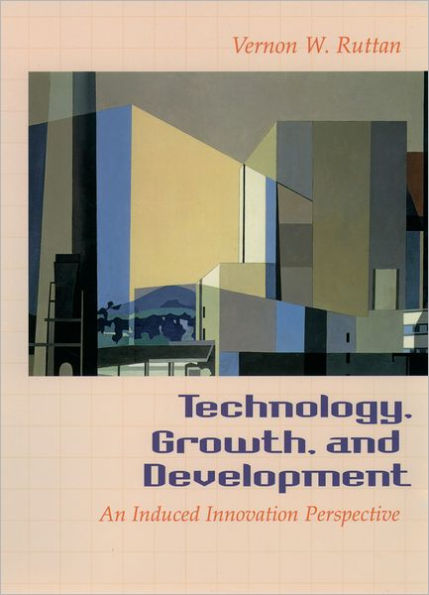5
1
9780195118711


Technology, Growth, and Development: An Induced Innovation Perspective / Edition 1 available in Hardcover

Technology, Growth, and Development: An Induced Innovation Perspective / Edition 1
- ISBN-10:
- 0195118715
- ISBN-13:
- 9780195118711
- Pub. Date:
- 09/14/2000
- Publisher:
- Oxford University Press
- ISBN-10:
- 0195118715
- ISBN-13:
- 9780195118711
- Pub. Date:
- 09/14/2000
- Publisher:
- Oxford University Press
268.99
In Stock

Product Details
| ISBN-13: | 9780195118711 |
|---|---|
| Publisher: | Oxford University Press |
| Publication date: | 09/14/2000 |
| Edition description: | New Edition |
| Pages: | 672 |
| Product dimensions: | 9.54(w) x 6.46(h) x 1.45(d) |
About the Author
From the B&N Reads Blog
